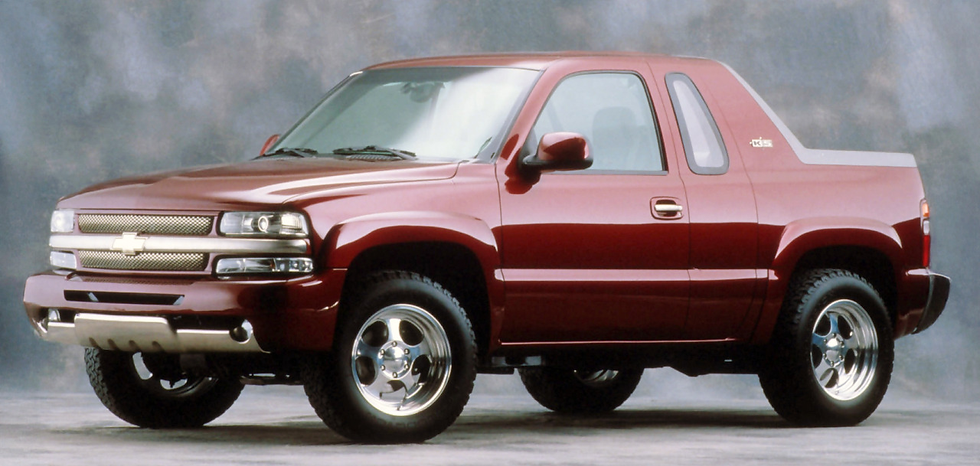2000 Citroën Osmose Concept
- Story Cars

- Nov 25, 2023
- 2 min read

In the year 2000, the Paris Motor Show witnessed the debut of the Citroën Osmose, a revolutionary concept that transcended traditional boundaries between pedestrians and motorists. This bold creation not only presented a vision of user-friendly vehicle design but also aimed to redefine the relationship between those on foot and those behind the wheel, all while addressing the pressing issue of responsible car use.
Osmose wasn't just a vehicle; it was a symbol of Citroën's commitment to inventing the future and breaking new ground in vehicle studies. The concept aimed to create a more responsible mode of usage, one that was open to the outside world and reflected the interchangeable roles of pedestrians and motorists.

At its core, Osmose was designed to establish a two-way exchange between pedestrians and motorists. The vehicle could carry up to five adults and featured a unique system where drivers could advertise their journey destination on the side of the vehicle. Pedestrians, seeing a stationary Osmose, could flag it down like a taxi or use WAP phone technology to "book" a ride.
The interior of the Osmose was a marvel of flexibility, capable of carrying three people with luggage in the front part and transforming the rear to accommodate two more passengers. The right-hand side panel of the vehicle allowed the driver to inform passers-by about their willingness to take passengers and state their destination.

Osmose was not just about transportation; it was about fostering connections. An on-board communication system, both audio and video, enabled conversations between the driver and passengers during the journey. Before getting out, passengers could even exchange a "virtual handshake" with the driver through a control function in the rear compartment.
From a technological standpoint, Osmose was powered by a hybrid system designed for excellent range and environmental friendliness. In Zero Emission Vehicle mode, the vehicle produced zero emissions, making it ideal for driving through restricted access areas in city centers.

The exterior design of Osmose showcased quiet, harmonious styling, and its compact size and height of 1.70 meters gave it a friendly and welcoming character. Sliding side doors and a tailgate that slid towards the interior facilitated easy access for passengers.
The interior design focused on nature, featuring a color scheme in green and brown, with a leaf print on the translucent roof that doubled as sun sensors. The driver's station had an original and ergonomic layout, reflecting the use of new technology and electrical control systems.

With an onboard radar system to anticipate collisions with pedestrians and external airbags for added safety, Osmose was tailored for urban lifestyles and heralded a new era in the relationship between man and the car. This forward-thinking concept showcased Citroën's dedication to pushing the boundaries of conventional vehicle design and envisioning a future where cars are not just means of transport but facilitators of connection and responsible usage.




























Comments